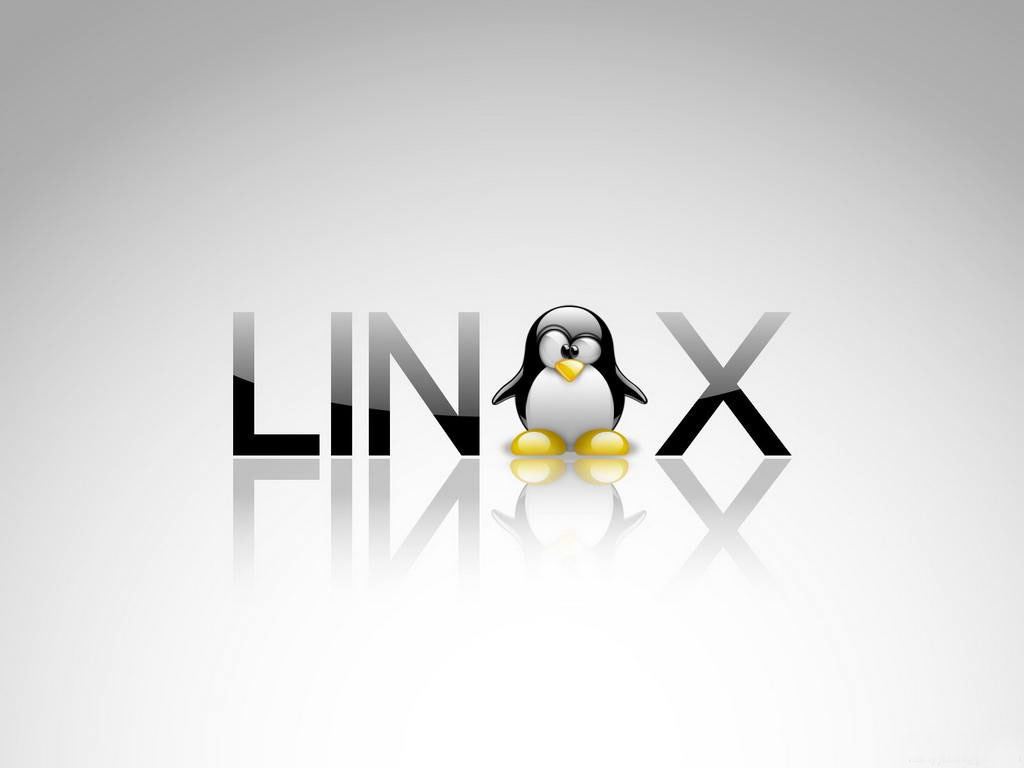An History of Linux

In 1969, a remote division of AT&T’s Bell Labs were hard at work developing a breakthrough in computer science; a time-sharing operating system dynamic enough to ported to a range of computing platforms with ease. The “Uniplexed Information and Computing Service” was born, abbreviated to UNICS, and later UNIX.
Through the early 1970’s, the free firmware had found its way into the hands of many organisations; Universities, government branches, research facilities and computing vendors were all developing on top of the base code to tailor their own operating systems to their hardware and purposes. UNIX played a significant role in the early days of Computer Science and Networking. Through the 1980’s, the development of UNIX gained much attention and users worldwide were making contributions to the base code.
By the early 1990’s, UNIX System Laboratories was now a publically traded Company, and the UNIX OS distribution monetized. With so little competition, AT&T were able to charge upwards of $5,000 to license the UNIX system. At the time, one young student of the University of Helsinki could not justify the prices for a UNIX license, and set out to create his own base kernel inspired by UNIX.
Linus Torvalds collaborated with a number of developers over the following years, and in 1994 released Linux version 1.0 as free, open-source code. Over the following few years, Linux rapidly became the most adopted operating-system in the world, converting most former-UNIX users instantly. With adoption, the Linux project attracted the wealth of development and contribution to the base code that we still see 25 years later. The Linux kernel became the foundation for Android, the world’s most highly distributed operating-system, as well as hundreds of other operating-system variants based on Linus’s original Linux kernel. These variants, or “Distributions”, can cater to any hardware and any use case, and makes the Linux Project what it is today.
